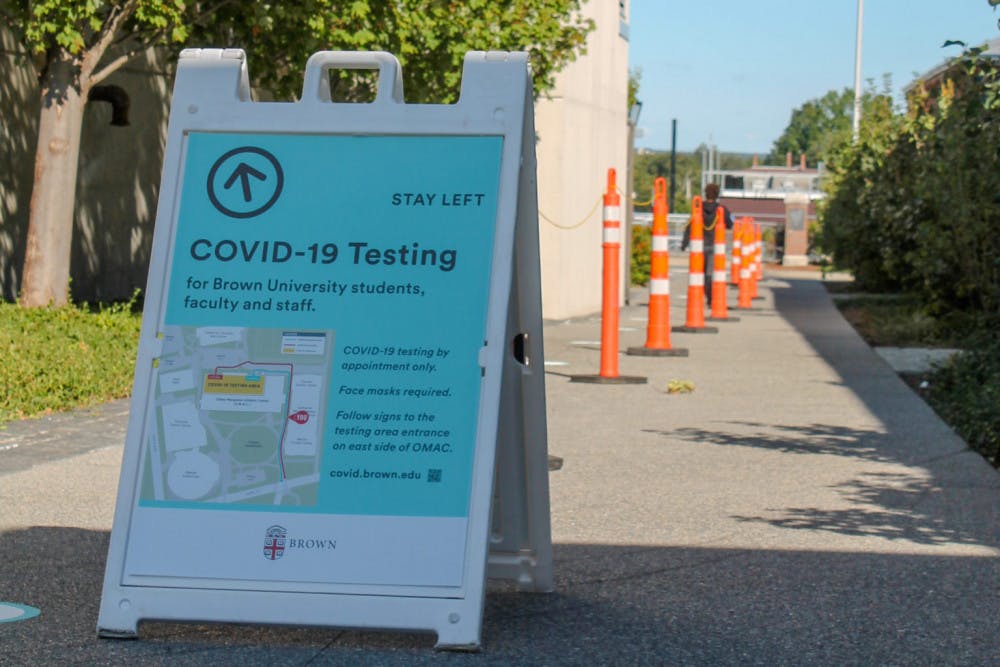The total percentage of students who have documented their COVID-19 vaccinations has increased to 40.6 percent, and the total number of employees has increased to 59.7 percent, according to the University’s May 28 COVID-19 Testing Update. Of the students and employees currently on campus, more than 60 percent of each group has recorded their vaccination.
The “significant jump” in documented vaccinations over the last week is likely due to many previously vaccinated students now uploading their cards, according to Executive Vice President for Planning and Policy Russell Carey ’91 MA’06. He added that this trend is a “really positive sign and puts us on a very good trajectory toward July 1,” the deadline for all employees and students to upload their vaccination cards.
During the week of May 20 through May 26, one person, an employee, tested positive for COVID-19, according to Carey. Due to the low levels of COVID-19 on campus and increasing documentation of vaccine cards, the University reduced asymptomatic testing to once per week and updated its mask-wearing and social-distancing policies, The Herald previously reported.
The reduction in testing frequency was part of a larger Brown community announcement May 27 that outlined significant changes to the University’s COVID-19 Campus Safety Policy, lifting several COVID-19 restrictions for students and employees on campus for the summer and fall semesters, The Herald previously reported. The changes involved consultation with a range of offices, including University Health Services, Environmental Health and Safety Facilities Management, Office of the Vice President for Research, Provost Office, Student Activities Office and Transportation Office, Carey said.
The recent changes prioritized allowing campus activities that are considered “safest,” are outdoor-friendly or which involve gatherings with few people, Carey said. Some updates include reduced mask wearing outdoors for vaccinated individuals and increased use of student communal spaces, such as residence hall kitchens.
Classroom public health protocols will remain the same since professors have already “set up their syllabi” and courses based on earlier instructions from the University, Carey said.
“Everything about the summer term was organized around what we had at the time thought was realistic, so larger in-person classes will have to wait for the fall,” he said. For the summer semester, the University has capped in-person classes at 19 students or fewer.
Currently, 114 undergraduate and graduate level courses out of 254 total courses offered this semester have an in-person option, University Spokesperson Brian Clark wrote in an email to The Herald.
Student organizations will most likely remain virtual for the summer semester, according to Carey. “I think there's certainly hope that some of those will be in person,” but it depends on vaccination levels, public health conditions and “the capacity both in the Student Activities Office and in those organizations to make those transitions,” Carey said. Some of these transitions to in-person operations may move more slowly and even into the fall, he added.
While COVID-19-related duties will also gradually decrease for staff and administrators, there are no expectations for employee layoffs, according to Carey.
The University’s updated policies also eliminated the three-tier campus activity level system since it was “too constraining” given that restrictions will be regularly changing over the next few months, Carey said.
The move to eliminate activity levels was part of a message to community members to focus on the potential for fewer to no restrictions, Carey said, in the hopes of “motivating people to get across the finish line in terms of vaccination levels.”
Gabriella was a Science & Research editor at The Herald.





